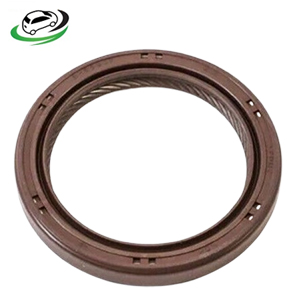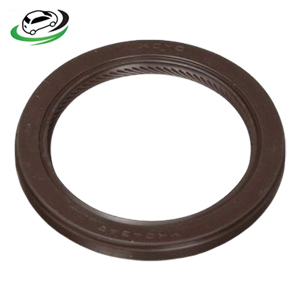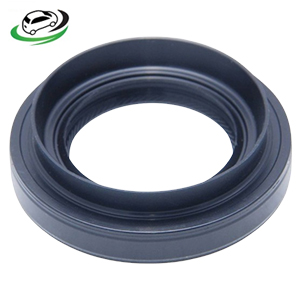-20%
Get Various Toyota Front Drive Shaft Oil Seal 90311-35068
The drive shaft oil seal, also known as the axle seal or transmission seal, is an essential component in a vehicle’s drivetrain system. It plays a crucial role in preventing fluid leaks and maintaining the proper functioning of the drive shaft. This article delves into the function, materials, common issues, replacement process, and maintenance of the drive shaft oil seal.
Function and Importance
The primary function of the drive shaft oil seal is to prevent transmission fluid or differential oil from leaking out of the drive shaft housing. This seal is positioned where the drive shaft exits the transmission or differential. Its key roles include:
- Sealing: It provides a tight seal around the drive shaft, preventing lubricating fluids from escaping and ensuring that the internal components are properly lubricated.
- Contamination Prevention: It keeps dirt, dust, and other contaminants from entering the transmission or differential, protecting the internal components from wear and damage.
- Pressure Maintenance: It helps maintain the necessary pressure within the transmission or differential, ensuring the proper circulation and cooling of the lubricating fluid.
Materials
Drive shaft oil seals are made from materials designed to withstand the harsh conditions within the drivetrain, including exposure to high temperatures, oils, and mechanical stress. Common materials include:
- Nitrile Rubber (Buna-N): Known for its excellent resistance to oils and fuels, nitrile rubber is a cost-effective option that performs well under a wide range of temperatures and pressures.
- Fluoroelastomer (Viton): Offers superior resistance to high temperatures, chemicals, and oils, making it ideal for high-performance and high-temperature applications.
- Silicone Rubber: Provides excellent heat resistance and flexibility, suitable for engines that operate at higher temperatures.
- Polytetrafluoroethylene (PTFE): Known for its low friction and high resistance to chemicals and heat, PTFE seals are durable and offer extended service life.
Common Issues
Despite their durability, drive shaft oil seals can develop issues over time due to wear, improper installation, or harsh operating conditions. Common problems include:
- Oil Leaks: The most common symptom of a failing drive shaft oil seal is an oil leak. This can result in visible oil spots under the vehicle or oil residue around the seal area.
- Noise and Vibration: Insufficient lubrication due to a leaking seal can cause increased friction, leading to noise and vibration from the drive shaft.
- Contamination: A damaged seal can allow dirt and debris to enter the transmission or differential, causing accelerated wear and potential damage to internal components.
- Overheating: Loss of lubricating fluid can reduce the system’s ability to dissipate heat, potentially leading to overheating and severe damage.
Replacement Process
Replacing a drive shaft oil seal is a critical maintenance task that requires careful attention to detail:
- Preparation: Ensure the vehicle is safely supported on a level surface. Gather the necessary tools and replacement seal. Disconnect the battery to prevent accidental starts.
- Access: Remove any components obstructing access to the drive shaft oil seal, such as the drive shaft itself, axle, or other related parts.
- Removal: Carefully remove the old seal using appropriate tools, such as a seal puller. Take care not to damage the sealing surface or surrounding components.
- Inspection: Inspect the drive shaft and sealing surface for wear or damage. Clean the area thoroughly to ensure a proper seal.
- Installation: Apply a thin layer of oil to the new seal and carefully press it into place. Use a seal driver or a socket of the appropriate size to ensure even installation without damaging the seal.
- Reassembly: Reinstall any components removed during the process, ensuring all bolts and fittings are tightened to manufacturer specifications.
- Testing: Start the engine and monitor for any signs of fluid leakage. Check for abnormal noise or vibration, and verify that the drivetrain operates smoothly.
Maintenance
Proper maintenance can extend the life of the drive shaft oil seal and prevent premature failure:
- Regular Inspections: Periodically check for signs of fluid leaks around the seal and other drivetrain components.
- Timely Fluid Changes: Regularly change the transmission or differential fluid to ensure it remains clean, which reduces wear on the seal and other components.
- Quality Parts: Use high-quality seals and lubricants designed for your specific vehicle to ensure proper fit and durability.
- Proper Installation: Ensure seals are installed correctly, following the manufacturer’s specifications and using the right tools to avoid damage.
Follow us on Facebook for more parts.



